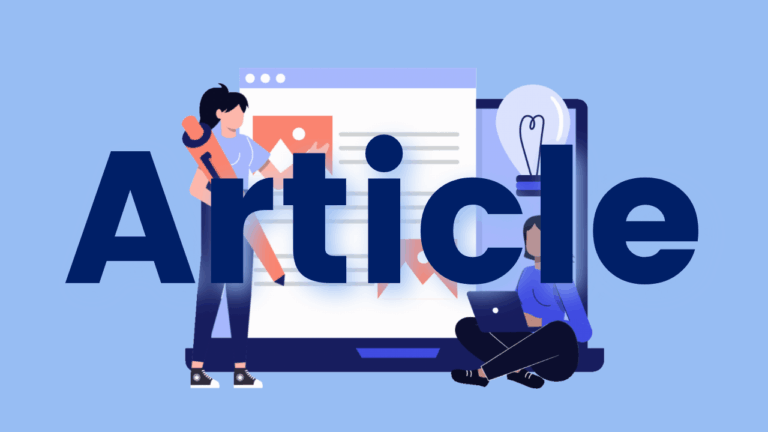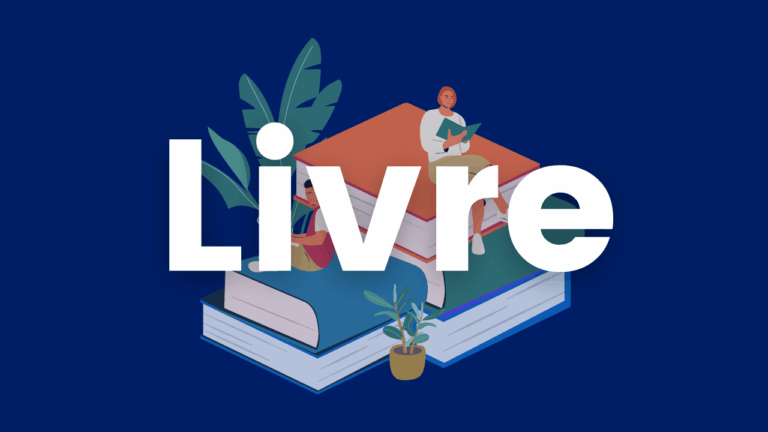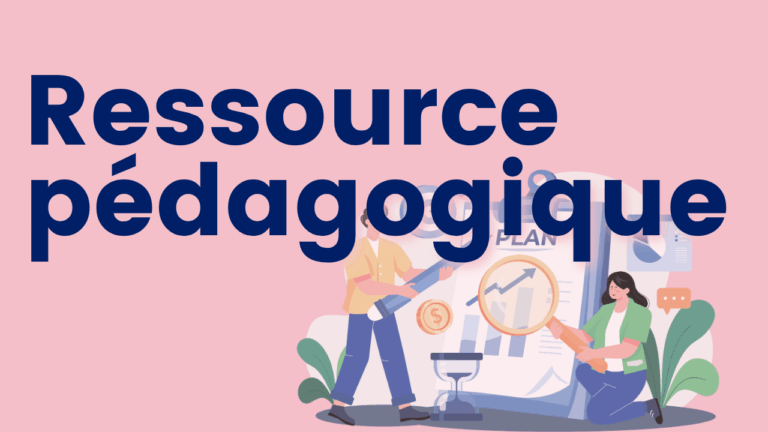La conscience morphologique
La conscience morphologique : un levier important lorsque les mots s’allongent pour les lecteurs en difficulté Essentiels à la compréhension d’un texte, les processus d’identification des mots sont tributaires de la manière dont chaque langue transpose ou encode à l’écrit les mots entendus. Les résultats de certaines études indiquent que quand un programme de conscience…





